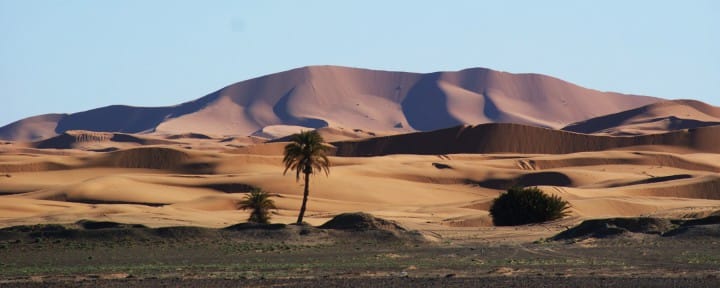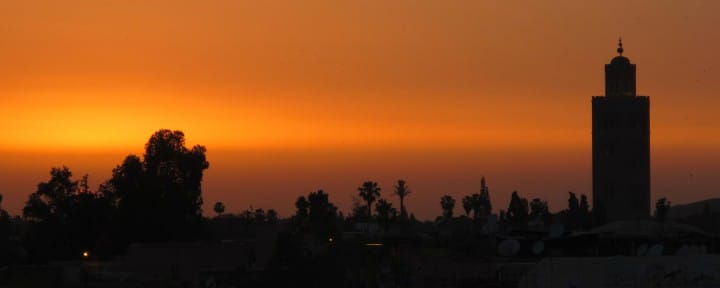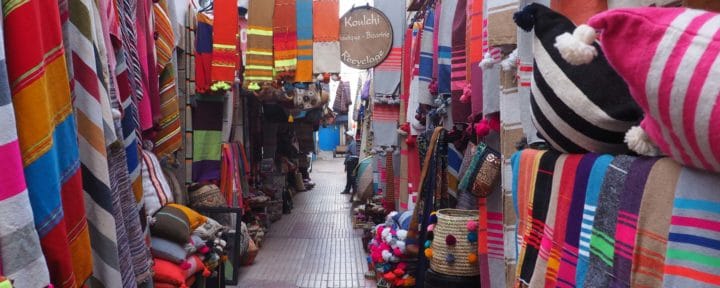Experience the sound of the desert

3 drums are played by the Berbers of the Sahara desert most commonly:
the Djembe, the TamTam (or Tbilat) and the Darbuka.
The djembe is originally from West Africa. It has a body (or shell) carved of hardwood and a drumhead made of untreated rawhide, most commonly made from goatskin.
The djembe, played with bare hands ,can produce a wide variety of sounds, making it a most versatile drum. The drum is very loud, allowing it to be heard clearly as a solo instrument.
The tamtam (or tbilat in arabic and taklalt in Berber) is a percussion instrument from Morocco. It consists in a pair of decorated pottery drums, each with different size. The skins are stretched by plaited gut cords. This membranophone is placed on the ground between the legs, and played with both hands.
The darbuka is used mostly in countries close to the Middle East, but also in North Africa, South Asia and Eastern Europe. Traditionally, darbukas are made of clay, metal, or wood. Modern darbukas are also sometimes made of synthetic materials, including fiberglass. Modern metal darbukas are commonly made of aluminum. The darbuka is played while holding it under one arm or by placing it sideways upon the lap. It produces a resonant, low-sustain sound while played lightly with the fingertips and palm.
Experience the sound of the desert during one of our desert trips with NOSADE.




